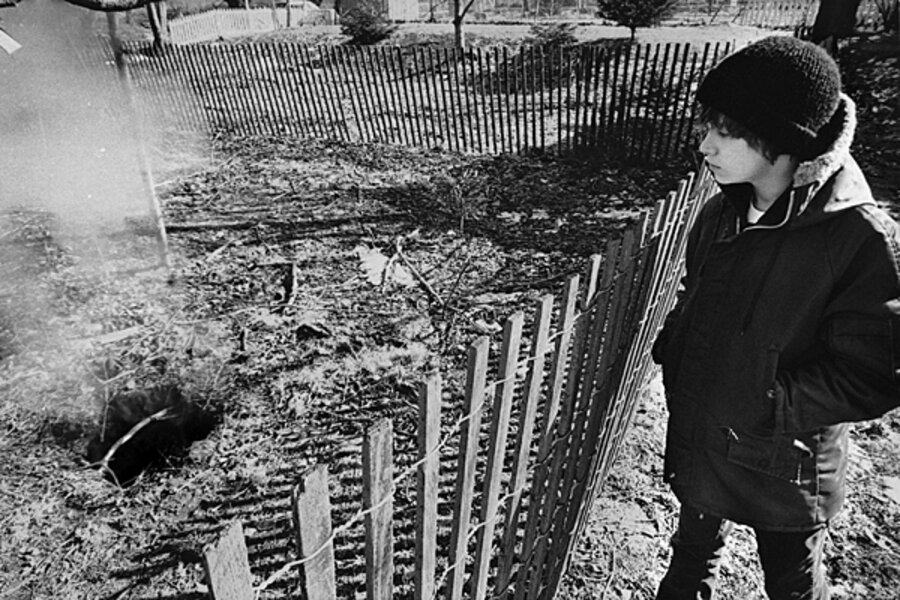
Pilot Programs to Provide Research of Renewable Energy Solutions for Improved Air Quality
New Delhi, India— November 19, 2018—ENTRADE and Tata Powered Delhi Distribution Limited (Tata Power-DDL) has commissioned a waste-to-energy testing pilot in conjunction with solar and battery storage research and development at its Rohin-Delhi grid station test facility in New Delhi. Please see video of the Tata Power-DDL pilot currently underway .
Speaking on the launch of the testing facility, Mr. Praveer Sinha CEO & MD Tata Power said “Rural Electrification is the catalyst to bring economic growth and meeting the socio-economic goals of people living in rural communities. TATA Power is implementing renewable microgrid solutions across rural India. These Microgrid solutions run using Solar systems, Battery storage and Biomass Generation as a novel concept to promote renewable energy. We look forward to this collaboration of Tata Power and ENTRADE in promoting green, affordable and sustainable rural micro-grid power Generation solutions in India.”
“We started it as an R&D project and soon found that it has a big potential in the rural market particularly for offering inexpensive and sustainable rural micro-grid solutions. The combination of organic waste coupled with solar and battery storage to generate clean energy offers excellent choice to the consumers at a much reasonable price. ” said Mr. Sanjay Banga, CEO, Tata Power-DDL.
Utilizing the ENTRADE E4 mobile power system, Tata Power-DDL and ENTRADE have built India’s first biomass-to-energy testing facility, showcasing the ability to produce electricity using organic waste as feedstock. Solar panel and battery storage testing will also be conducted at the site. The pilot programs will provide R&D data on clean energy solutions while exploring options for electrification of rural India. The E4 system will be replaced with an EX system in the first quarter of 2019.
A major source of air pollution in the region comes from coal-fired power plants and the testing of renewable energy sources is detrimental to improving air quality. Plans for sourcing local biomass fuels to be converted to clean energy are being considered with the most technologically advanced and fasted growing biomass systems on the market. Long term studies will potentially include waste from agricultural crops. Implications of post pilot opportunities with the abundance of agricultural crops typically burned in the open could provide dramatic air quality improvements for industrial and rural regions.
“Through our R&D work with Tata Power-DDL, we can help alleviate environmental issues and provide massive new opportunities through this truly groundbreaking technology bringing access to clean energy,” stated Julien Uhlig, CEO of ENTRADE X. “Our decentralized energy systems are not only more cost effective but also provide a fast deployment solution for rural electrification anywhere in the world.”
https://www.linkedin.com/pulse/tata-power-ddl-entrade-launch-waste-energy-solar-power-julien-uhlig/




